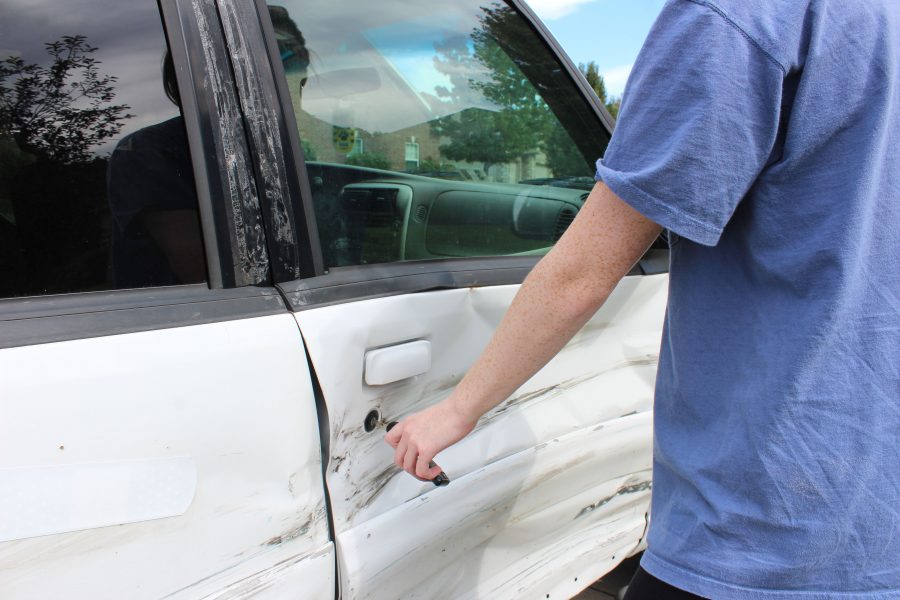School should offer drivers’ training classes during school year
We all know the anger and frustration and comes from experiencing bad driving. Unfortunately, the state of Missouri doesn’t do enough to solve this problem.
This summer, WalletHub ranked Missouri as the fifth worst state for teen driving. They based this off of teen fatalities from crashes, the average cost of car repairs and impaired-driving offenses.
In other words, teens in Missouri are not good drivers.
To fix the problem, Missouri needs to change the root of the issue; a lack of quality information. The state currently requires a teen to have 40 hours of unspecified driving practice before getting their license. The information given to teens through this practice can be wrong, but as long as they pass the driving test in the end, it’s acceptable.
Most teens learn how to drive from their parents, even though most adults acquire bad driving habits over the years, according to NIHSeniorHealth. Many more adults don’t recall all the rules of the road either. So learning how to drive from them isn’t the best idea ever.
Another way to improve teen driving is to imitate success. States like N.Y., Ill. and Ore. are ranked as the top three states in teen driving. The only common thread between them is that they all require every person under the age of 18 to take a drivers education course taught by a trained adult before getting their license.
These studies show that taking a driver’s ed class leads to better driving and less accidents. In order to prevent teen crashes, RBHS should offer it during the school year.
Not only would teens become smarter drivers, there would be more confidence and less crashes for RBHS students behind the wheel. Parents would also feel more comfortable with their kids catching a ride from a well taught student driver than an ill-prepared teen. Plus, driver’s ed is practical, as safe driving skills are applied throughout life. Offering driver’s ed to RBHS students during the school year is nothing but beneficial, for students and parents alike.
Ten years ago, driver’s ed became a required class in Oregon. Since then, the Governors Highway Safety Association reports that Oregon has had a 55 percent decrease of 16-year-olds being killed or injured while driving and a drop of almost 40 percent for 17-year-olds. If RBHS offered the same class, there would be better drivers and a reduction of crashes, an obviously positive result..
Yes, there is a driver’s ed course at RBHS already, but it’s only offered during the summer. With summer jobs or babysitting younger siblings, many students simply can’t attend summer school. If they can, there might be pressures to take other “more important” classes to obtain the credit they need to graduate. This opportunity is wasted because the class isn’t offered at the right time. More students would enroll during the school year and fill Columbia’s streets with safer, more informed student drivers.
There are other things to consider, like costs for paying teachers and gas or maintaining cars, as well as consequences for potential crashes. These issues, however, have been at thousands of other schools around the country so it won’t be hard to implement.
Statistics prove that change is needed on Missouri’s streets. The Missouri Coalition for Roadway Safety reported over 98 deaths in car crashes involving teen drivers. With a solid source of professional driving instruction time, like driver’s ed, the number of crashes and deaths would be significantly decreased. Driver’s ed will teach teens relevant skills and create a safer place for everyone on the roads. It’s time for RBHS and the state of Missouri to make strides to benefit the community.













































































